As a small business owner, it's easy to feel overwhelmed and stressed out. Running a business comes with a lot of responsibilities and tasks that can take a toll on your mental and emotional well-being. That's why it's important to prioritize self-care and find ways to decompress. In this article, we'll explore some tips for decompressing as a small business owner, including outsourcing tasks to a virtual assistant.
Take Breaks Throughout the Day
It can be tempting to work through lunch or skip breaks altogether to get more done, but this can actually have the opposite effect. Taking breaks throughout the day can help you recharge and come back to your work with a fresh perspective. According to a study published in the journal Cognition, researchers found that taking short breaks throughout the day can actually make you more productive, not less. It helps to clear your mind and recharge your batteries, so you can come back to your work with renewed focus and energy. Consider taking a short walk outside or meditating for a few minutes to clear your mind.
Delegate Tasks
As a small business owner, it can be tempting to do everything yourself. However, delegating tasks can help you free up time and reduce your workload. Identify tasks that can be outsourced or delegated to employees and trust them to get the job done. This will not only help you decompress but also build trust and empower your team.
In addition to outsourcing tasks to employees, utilizing a virtual assistant can also be a great way for small business owners to decompress. Virtual assistants can handle tasks such as scheduling appointments, managing emails, and social media management. This frees up time for you to focus on higher-level tasks and can reduce your workload and stress levels. Additionally, virtual assistants can often work remotely, which means you don't have to worry about managing an additional employee in a physical office space. Overall, outsourcing tasks to a virtual assistant can be an excellent way for small business owners to decompress while still running a successful business.
Disconnect From Work
It's important to set boundaries between work and personal life. When you're done working for the day, disconnect from work-related emails and notifications. Spend time with family or engage in a hobby you enjoy. This will help you recharge and come back to work with renewed energy.
Prioritize Self-Care
Self-care is crucial for maintaining good mental and emotional health. Make time for activities that help you relax and destress, such as exercise, reading, or taking a bath. This will help you find balance in your life and avoid burnout.
In conclusion, as a small business owner, finding ways to decompress is essential for maintaining good mental and emotional health. By taking breaks throughout the day, delegating tasks to a virtual assistant or employees, disconnecting from work, and prioritizing self-care, you can reduce stress and find balance in your life. Remember, taking care of yourself is just as important as taking care of your business.



